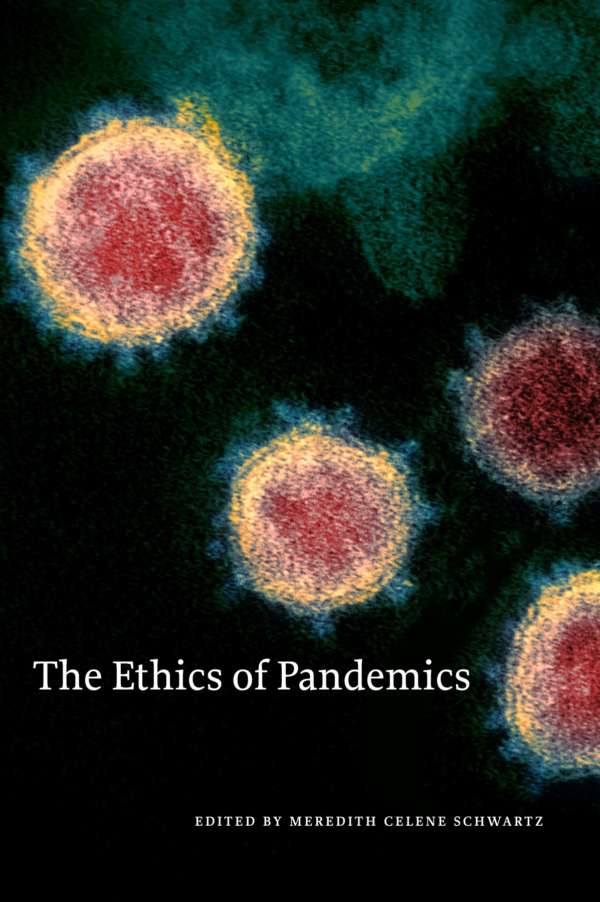Viruses, Pandemics, and Immunity
A new book helps to explain our fight with infectious diseases. It splits it in two eras:
The first era of our eternal battle with infectious diseases ended with one of the major achievements of medicine, the vaccine against smallpox. We will tell the tale here of how this procedure, which ultimately eradicated the scourge of smallpox from the planet, was developed slowly by several cultures on different continents in an empirical way without any understanding of how or why it worked. In the second era we learned about the origins of infectious diseases and how to combat them.
And explains why we share our environment with viruses
Viruses are very simple ancient organisms that have probably existed since life began. For reasons that will become clear in the next section, viruses cannot reproduce on their own. They have to colonize bacteria, plants, and animals (including humans) in order to replicate and propagate their species. Therefore, viruses have specialized skills that let them invade other species and replicate inside them. When a virus invades the human body and replicates, it can damage our cells and tissues. The immune system, about which we will learn in the next chapter, tries to kill viruses that invade us to prevent and combat viral infections. This war between viruses and our immune system has raged since time immemorial.
And this is our current fight with SARS-CoV2. Highly recommended.





